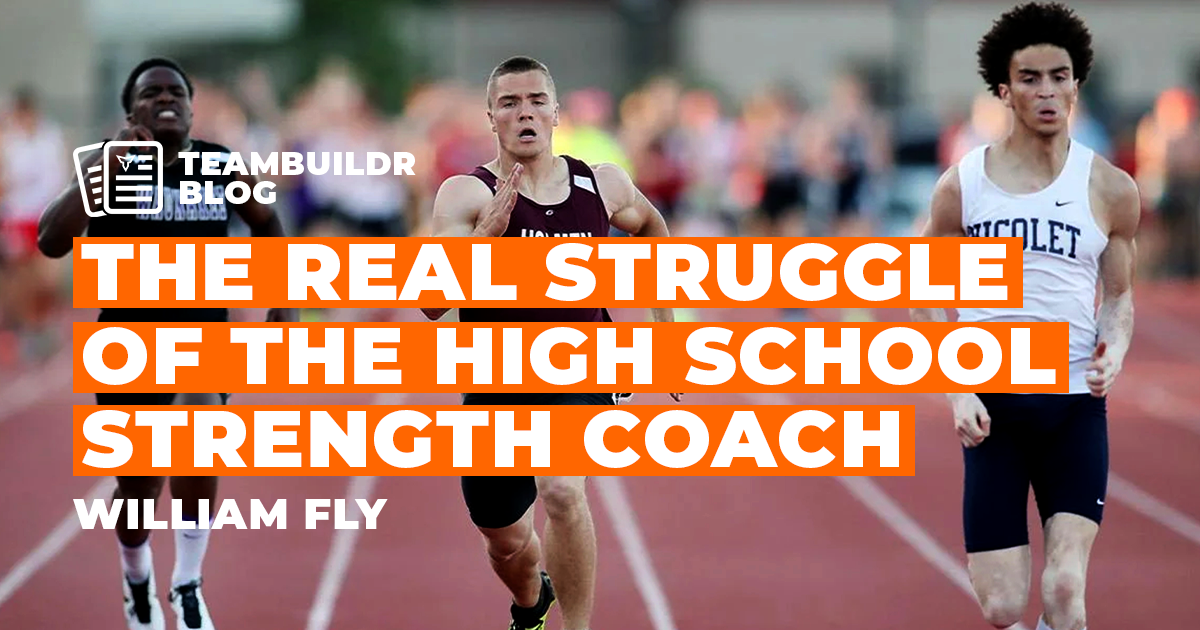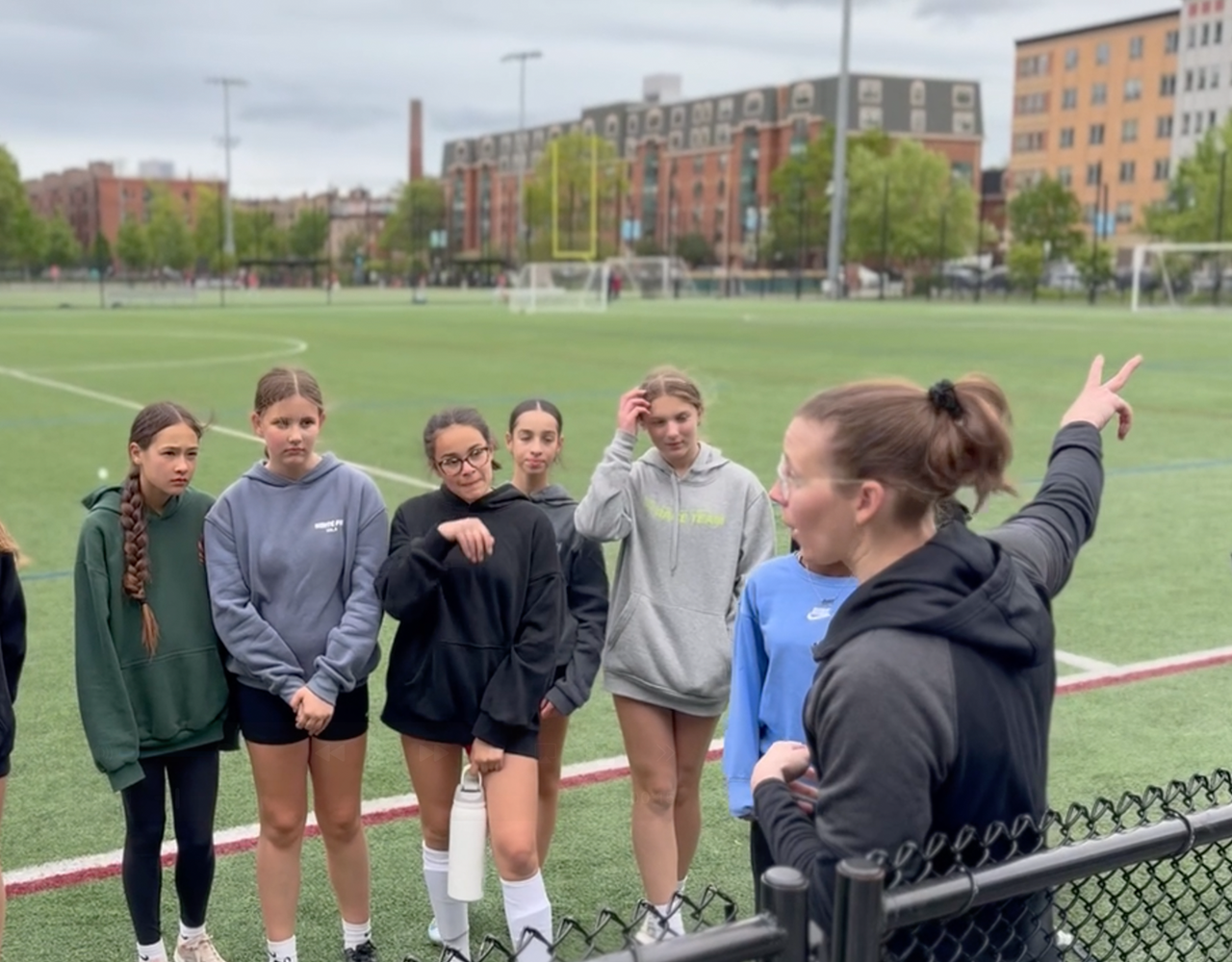5 Things to Know About Subconcussions
This article is written by Dani Fennerty. Dani is the Founder of Subconcussive Consult, LLC an organization created to bring awareness to the subconcussive exposures in tactical athletes. She earned a Doctorate in Physical Therapy from Emory University in 2011 and has worked with many tactical athletes throughout her career as a Physical Therapist.
A subconcussion is a head impact that does not result in clinical symptoms. Meaning no headache, dizziness, imbalance, memory loss, loss of consciousness etc. post impact.
1. Repeated Exposure
Repeated exposures to subconcussions can slowly chip away at brain health, so the concern is the cumulative impact of repeated exposures. Subconcussions are really challenging to study because of the, by definition, lack of clinical symptoms with a single exposure.
2. Brain Connectivity
One strategy researchers are using to identify subtle impacts of subconcussions is to look at changes in brain functional connectivity. Essentially this is looking at changes in which the brain is communicating. Another strategy is looking at neuroinflammatory and neurotrauma biomarkers.
3. Long-Term Effects
Repeated subconcussive exposures have been associated with increased risk of developing chronic traumatic encephalopathy (CTE), Alzheimer's, young-onset Parkinson’s disease, and later-life depression.
4. Potential Mechanisms of Sub-concussive Exposures:
- Direct Hit - A direct strike to the head. This can include a punch like in boxing, headfirst tackles in football, heading a soccer ball, or hitting your head on the ground after a jump.
- Coup Contre-coup - A coup contre coup injury is an acceleration/deceleration shaking of the brain inside the skull.
- Low-level blast - Examples of LLB are firing a 0.50 caliber sniper rifle, Howitzers, Carl Gustaf rifles, rocket propelled grenades, light anti-tank weapons, shotgun door-breaching rounds, mortars, M4 Carbine rifles, and C4.
- Oxygen deprivation - Examples of this is getting choked out in combatives and extreme underwater breathe holding.
5. Systems Impaired
Repeated subconcussive exposures can impair situational awareness and control of movement. There are four primary sensory systems for situational awareness. They are the visual, auditory, vestibular, and somatosensory systems. These sensory systems receive information from the environment and send it to the brain for processing, which in turn commands an output. Because of this, an individual’s output capability can be paralyzed by impaired sensory input and processing.
The visual, vestibular, and somatosensory systems are also vital for control of movement. It is the functioning of the somatosensory and vestibular systems in the background that allow an individual’s attention to be on target acquisition and target engagement without losing speed or precision of movement.
Repeated subconcussive exposures can impact the performance of both the peripheral sensory systems as well as the processing of that information. This can directly impact performance capabilities in the field.
The verity of repeated subconcussive exposures in tactical and sport athletes emphasizes the importance of incorporating training the sensory systems for situational awareness. Strength and Conditioning specialists have a vital role in implementing that training.
Training the Sensory Systems
Training the sensory systems should be done with specificity and with a progressive overloading approach.
Two foundational sensory capabilities are target following and angular/linear acceleration/deceleration.
Target Following
This is how I progressively load target following capability for performance:
- Identify target position- is it near or far?
- Identify target path – is it changing direction, going overhead, staying on the ground?
- Increase duration of target following - are you target following for 5 seconds or 1 minute?
- Increase speed of target movement
- Increase complexity of background target moves on - ex: blank wall versus a checkerboard.
- Decrease target saliency - create a low contrast target/camouflage.
- Decrease target size.
- Add auditory and visual distractors.
This training can be done in isolation in a static stance but should be integrated with an appropriate footwork pattern as well.
It is important to integrate target following with footwork movement patterns to ensure speed and precision of movement are not sacrificed while target following.
Target following is a skill. It is important to objectively measure and progressively load this skill to perform at the highest level.
Training Angular and Linear Acceleration/Deceleration
We move in both angular and linear planes.
Angular planes:
- Yaw (like shaking your head “no”)
- Pitch (like shaking your head “yes”)
- Roll (like moving your ear down toward your shoulder)
Linear planes:
- Moving up/down
- Moving side/side
- Moving forward/back
It is important to train all planes of movement.
This is important not only for the ability to physically move the joints and generate force in that plane, but to maintain situational awareness with those movements.
Maintaining situational awareness with any angular or linear movement requires the vestibular system. The vestibular system contains some of the fastest reflexes in your body. It allows you to keep a target in focus and maintain head and trunk position with angular and linear acceleration/deceleration movements.
You can easily incorporate strengthening situational awareness capabilities by being more intentional with training in all planes of movement while also adding in even greater acceleration/deceleration forces.
You will want to ensure that as you train this you have specific targets to focus on during those movements.
Be very intentional with targets when training multi-planar acceleration and deceleration. The best performers can maintain target engagement without losing ownership of movement.
Subscribe to our blog
Subscribe to receive the latest blog posts to your inbox every week.
Related posts

Train Smarter: Optimizing Recovery for Firefighters

Challenges Faced by High School Strength Coaches

